Although moth watching has had been gathering recent momentum as a nature hobby, butterfly watching has long been a popular pastime. Butterflies are easy to appreciate. They come in all shades of vibrant sorbet colors and are active and conspicuous during the daytime. No special equipment is required to observe them. Plus, children seem especially captivated by butterflies, so it’s a nature hobby the whole family can enjoy.
Of the roughly 750 species of butterfly in North America, many are easily recognizable, while some are a little trickier to identify to species.
There is, of course, nothing wrong with just enjoying butterflies in the moment and not fretting about identifying the insects as they flutter by.
But if you want to work on your ID skills, learn these groups to help you narrow the species possibilities.
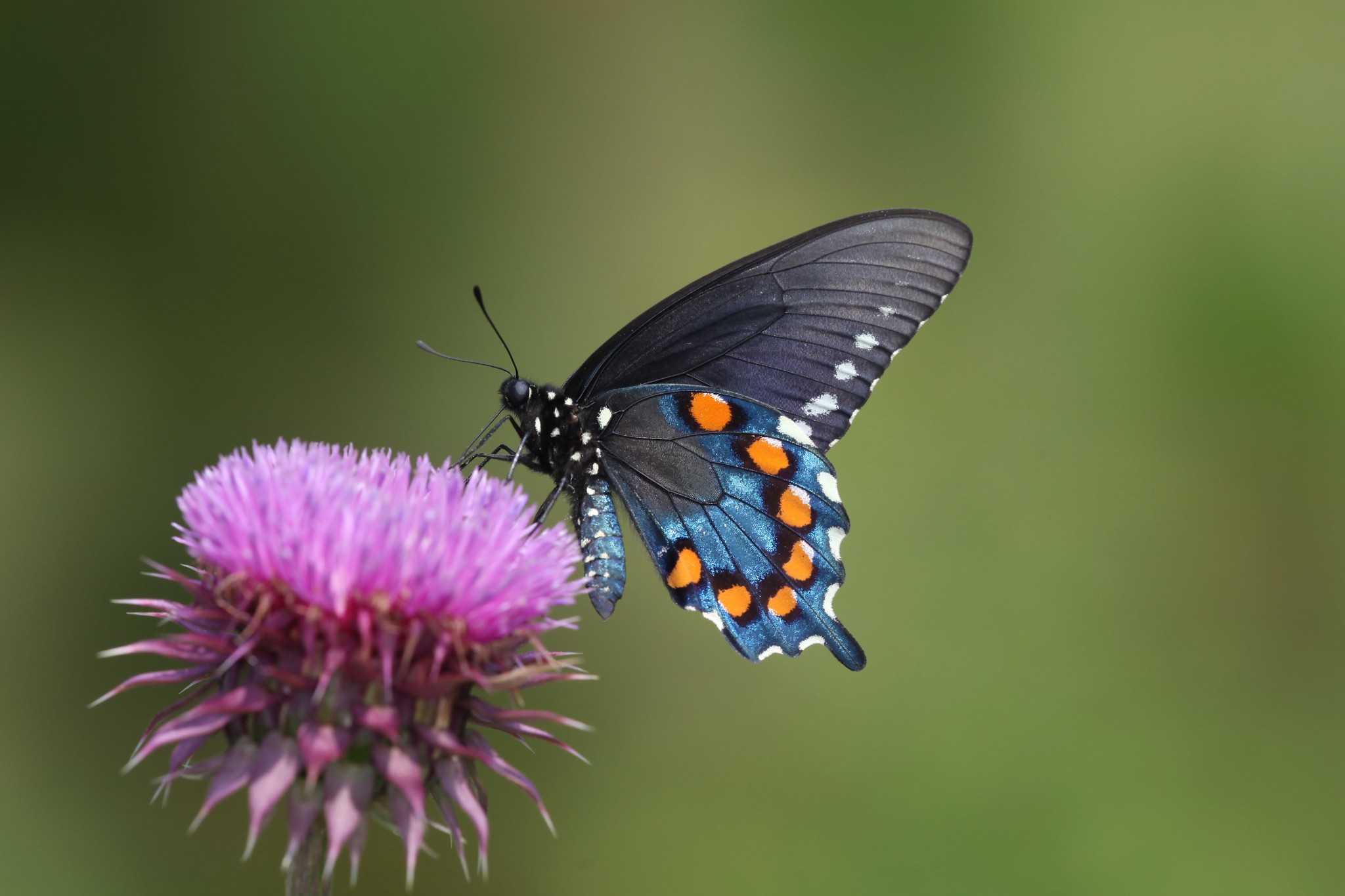
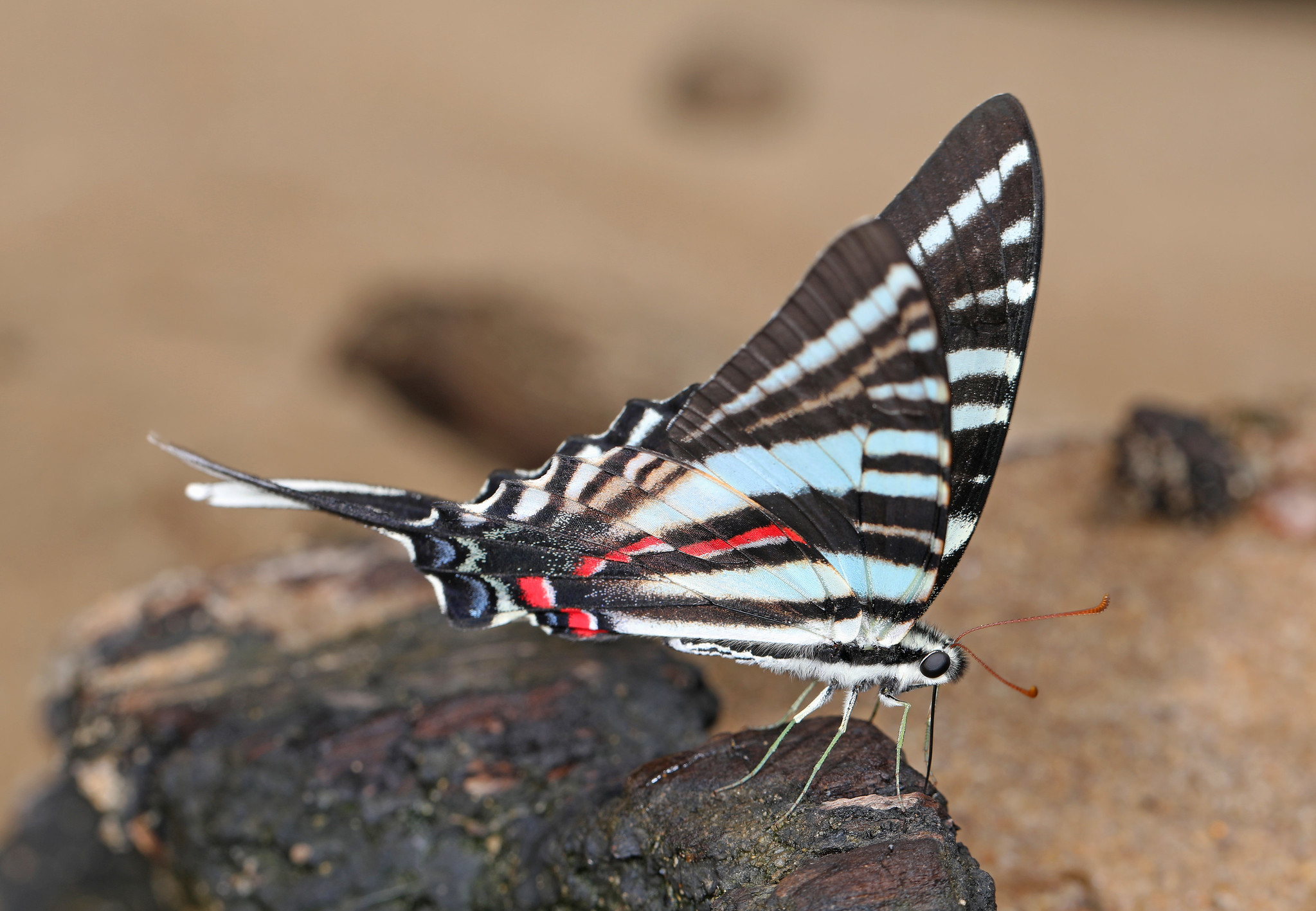
Swallowtails & Parnassians
One of the more familiar groups of butterflies is the swallowtails. They are a group of strong fliers and are common visitors to flowers. Watch for them pumping their wings open and closed as the methodically move from bloom to bloom.
Overall, the group tends to be on the larger size, with the giant swallowtails having a 5.5-inch wingspan for example. The namesake tails of this grouping can be quite exaggerated.
As for color, not surprisingly, zebra swallowtails are black and white. Tiger swallowtails, on the other hand, aren’t orange like you might guess, but are instead predominately yellow. Spicebush and other near doppelgängers benefit from mimicking the dark patterns of pipevine swallowtails, as they are toxic to predators.
A tailless subgroup of the swallowtails is the parnassians. These species are generally found in the west. They are often pale white with slight black checkering on the forewings and usually a red or orange marking on the hindwings. Most utilize stonecrop as a larval food plant.
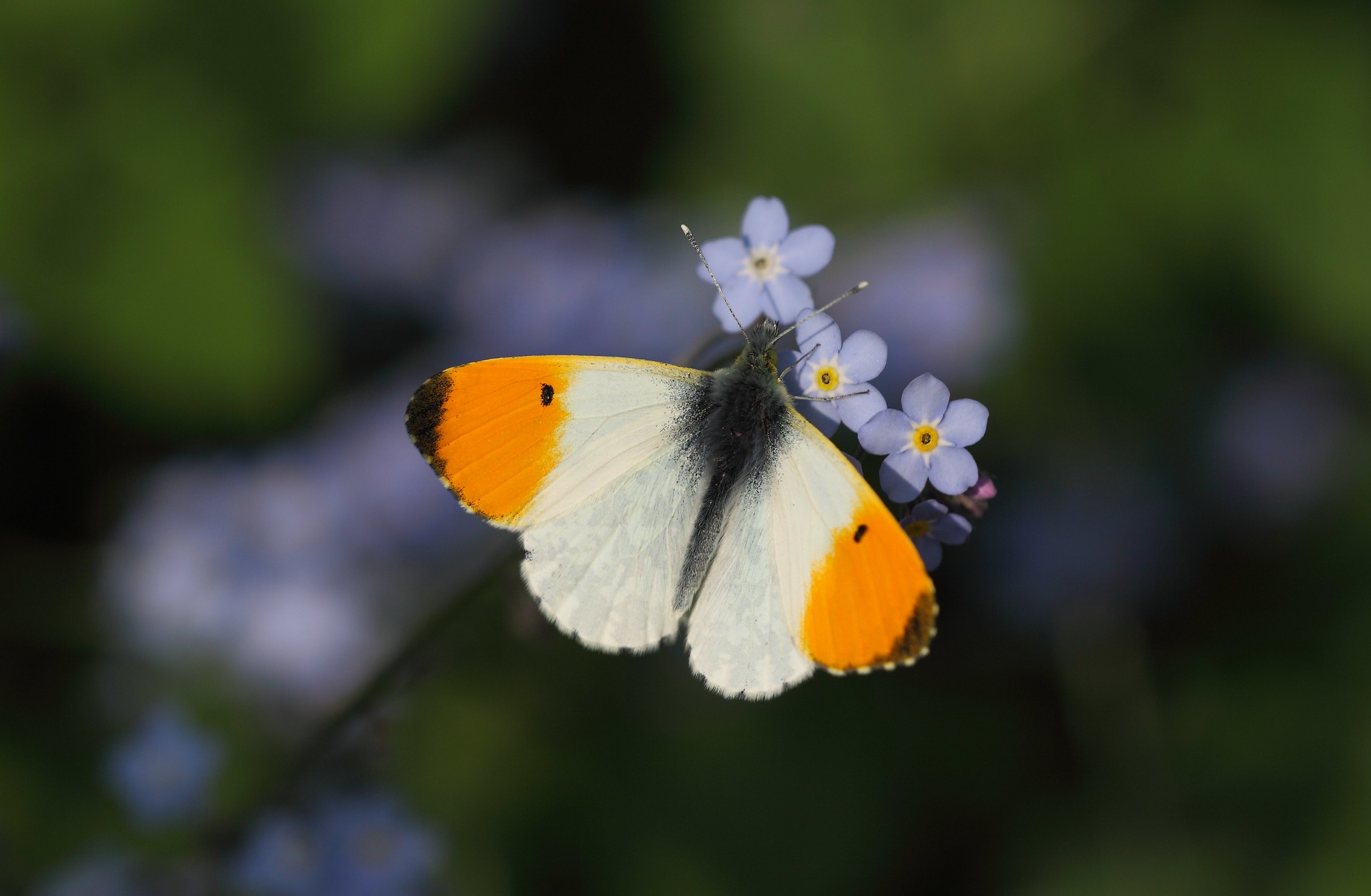
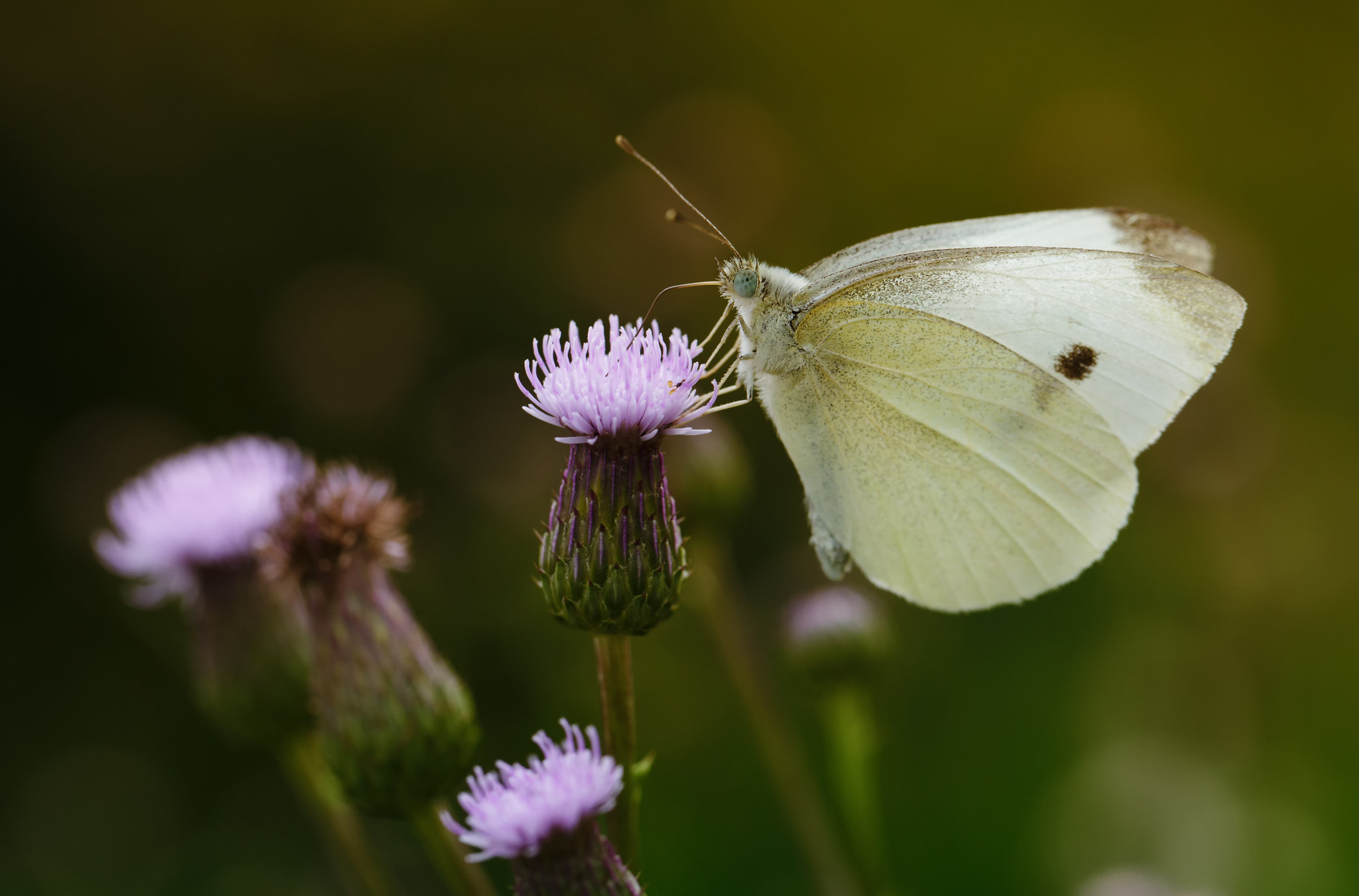
Pierids
Collectively the pierids are some of the most abundant species. The cabbage white butterfly is a widespread species in North America, one that you might regularly see in your backyard. This plain, nearly nondescript critter is native to Europe and was established in North America by the 1800s. Think of it as the house sparrow of butterfly watching.
Orangetips and marbles are signs of spring for many westerners. Some sulphurs, a group of predominately yellow butterflies, inhabit arctic or high elevation sites, while others are southern and tropical insects. The sleepy orange and the dainty sulphur are tiny, roughly an inch across, but they resemble their larger relatives.

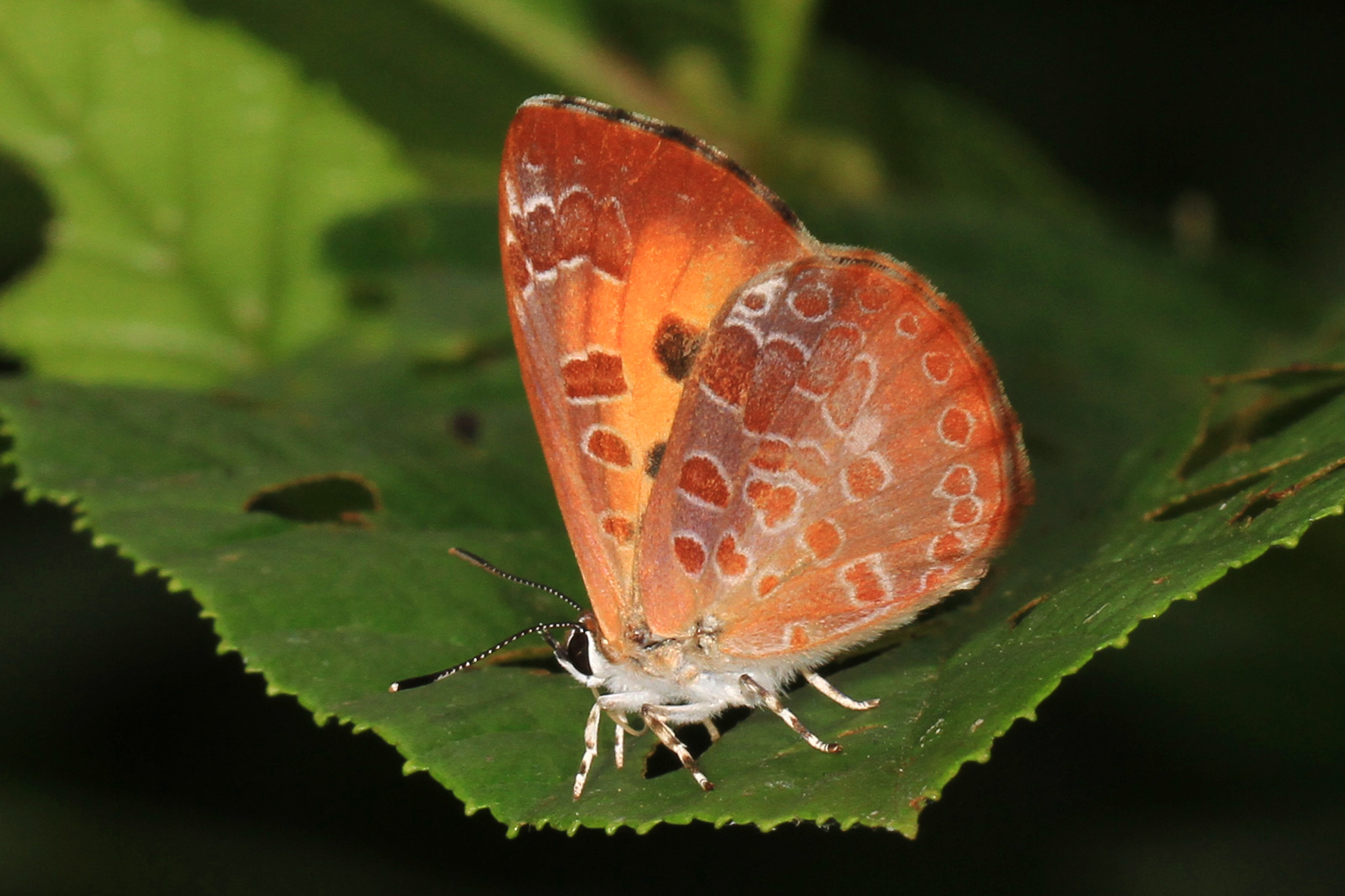
Gossamer-Wings & Metalmarks
Many small fliers are included in the gossamer-winged group including coppers, hairstreaks, and blues. Lots of these butterflies have distinct eye-spots on the hindwing.
Hairstreaks are often quick, erratic fliers. Most have thin tails. When perched, these butterflies usually keep their wings closed. The subtle patterns of the underwings can help identify each species. Range distribution can help narrow down the candidates for this diverse group.
The taxonomy of the blues and azures is ongoing. Like in the other biological realms, there are lumpers and splitters for separating out distinct species. The spring azure complex was considered to be a single species for a long time, but the latest research indicates numerous separate species.
Another type, the Karner blue, has received attention from conservationists concerned for its limited range and declining habitat.
The harvester is unique in that it is the only carnivorous butterfly of the United States. The caterpillars of this blood-thirsty beast feast on aphids.
The so-called metalmark butterflies are named after shiny scales present on the wings. Most are orange or brown hued, although a few species of more colorful palettes reach south Texas including blue metalmark and the red-bordered pixie.
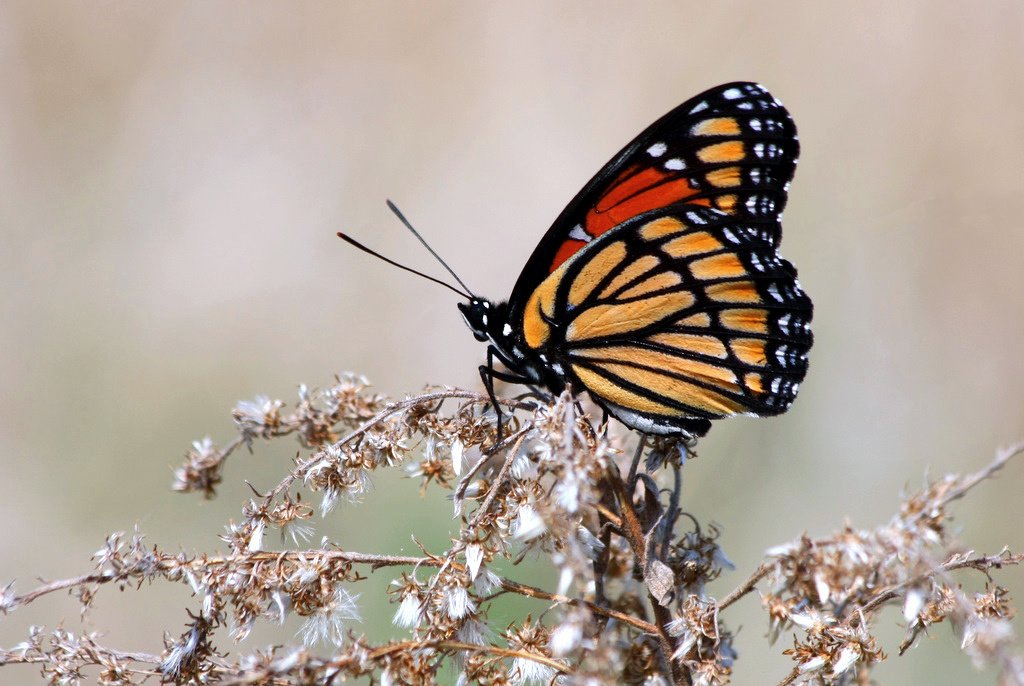
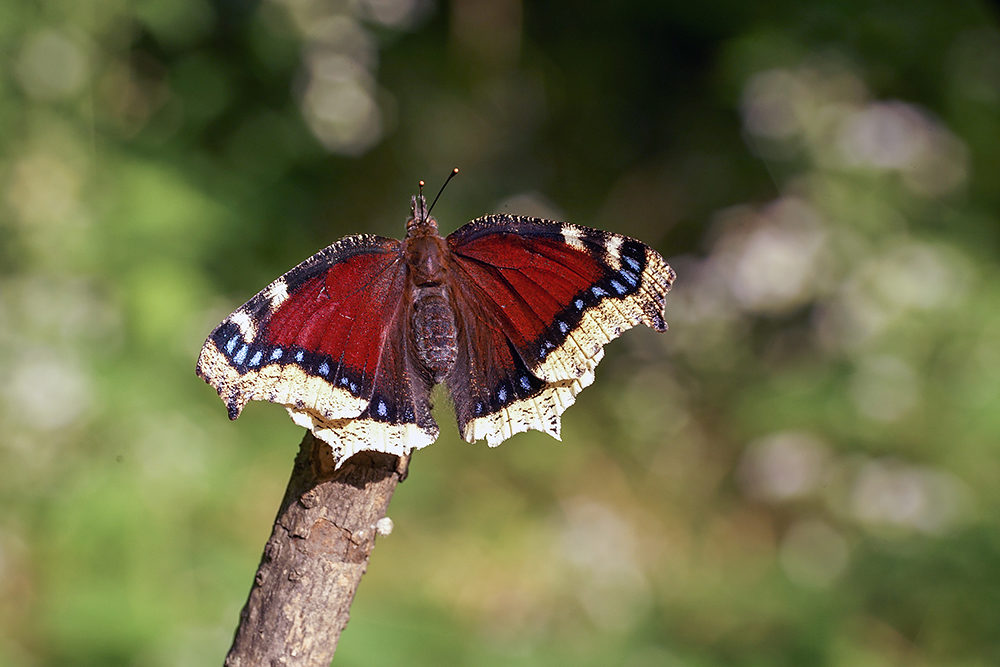
Brush-footed Butterflies
The brush-footed butterflies are some of the more recognizable and adored species. The term brush-footed is a reference to the fuzzy stubby front legs on these butterflies, which include commas, ladies, buckeyes, admirals, and both monarchs and their mimic, the viceroy.
These strong fliers remind us that butterflies aren’t the fragile beings we sometimes portray them as.
The mourning cloaks are especially hardy brush-foots. These chocolate brown butterflies with a bold yellow stripe overwinter as adults even in their northern range and can sometimes be seen fluttering about in late winter.
The longwings and fritillaries appear elongated from side to side. Many are boldly checker patterned. The crescents and checkerspots look like miniature fritillaries.
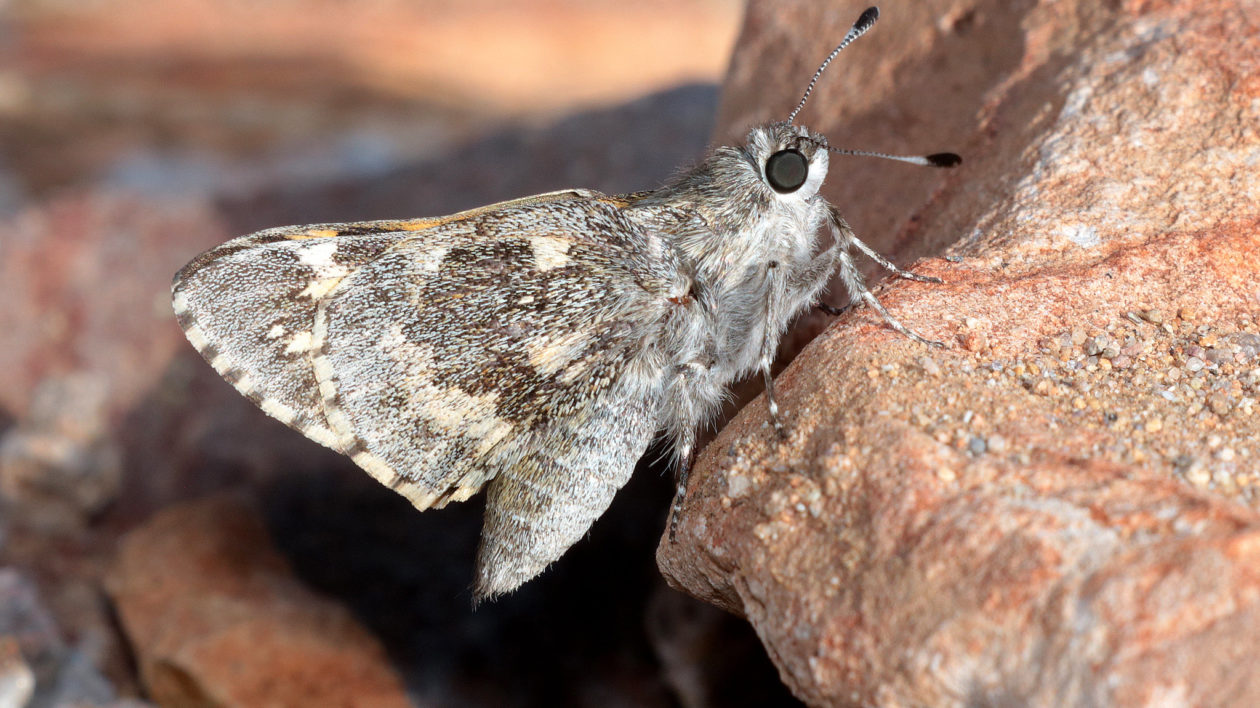
Skippers
The skippers are a group of butterflies that are easily recognizable by their distinctive bent club shaped antenna. The skippers make up nearly a third of the species of butterflies in North America. Although some researchers treat this group separate from the other butterflies.
The grass skippers perch in a unique jet-plane posture with hindwings spread open more than their forewings. These clues can help you realize you are looking at a skipper, but the subtle variations within the group can be hard to distinguish.
Usually less than 2 inches across, the giant skippers are only giant compared to other skippers.
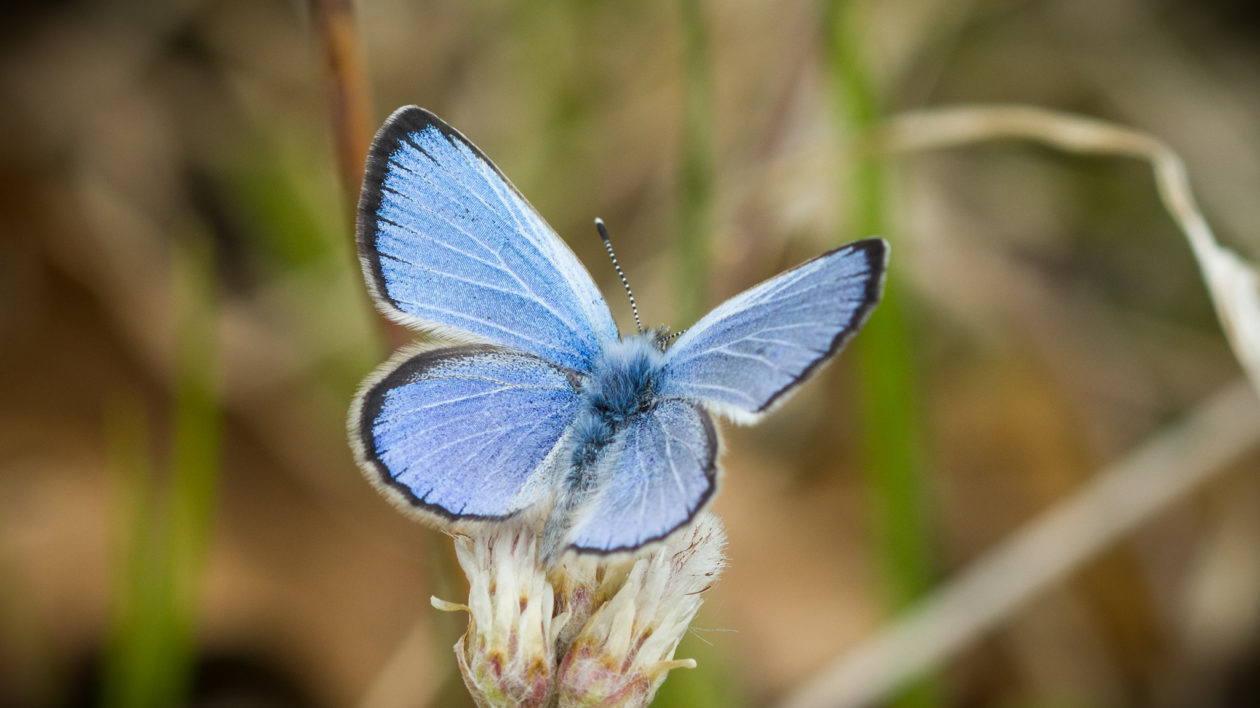
Attracting Butterflies
The easiest way to get better at butterfly identification is more observation. Take time to really enjoy the subtle differences you see. Here are a few tips to maximize your enjoyment while attracting butterflies to any neighborhood.
As the temperatures rise, butterfly action increases in the summer gardens. Native plants are especially attractive for all stages of butterfly development. Host plants can be very specific, like pawpaws for zebra swallowtails. Other plants, like the asters, have a wider appeal for insect diversity. Growing a butterfly buffet can entice them throughout the summer season.
Some of the brush-footed butterflies are attracted to fruit feeding stations, especially as the fruits, such as bananas or apples, start to decompose.
The juxtaposition of a lovely butterfly perched on a coyote scat can be quite startling, but scat provides essential nutrients for many species. Similarly, take a hike after a rain and see if you can find a ring of butterflies at the edge of a puddle probing their proboscises for minerals and salts from the damp soil.
Understanding butterfly behavior can help you locate prime viewing areas. For some species, groups congregate on hilltops for early morning mating sessions. Females then venture downslope to find appropriate host plants for egg laying.
Whether you are a casual observer or a dedicated lepidoptera enthusiast, take a moment to appreciate the next butterfly you encounter. It’ll surely brighten your day.
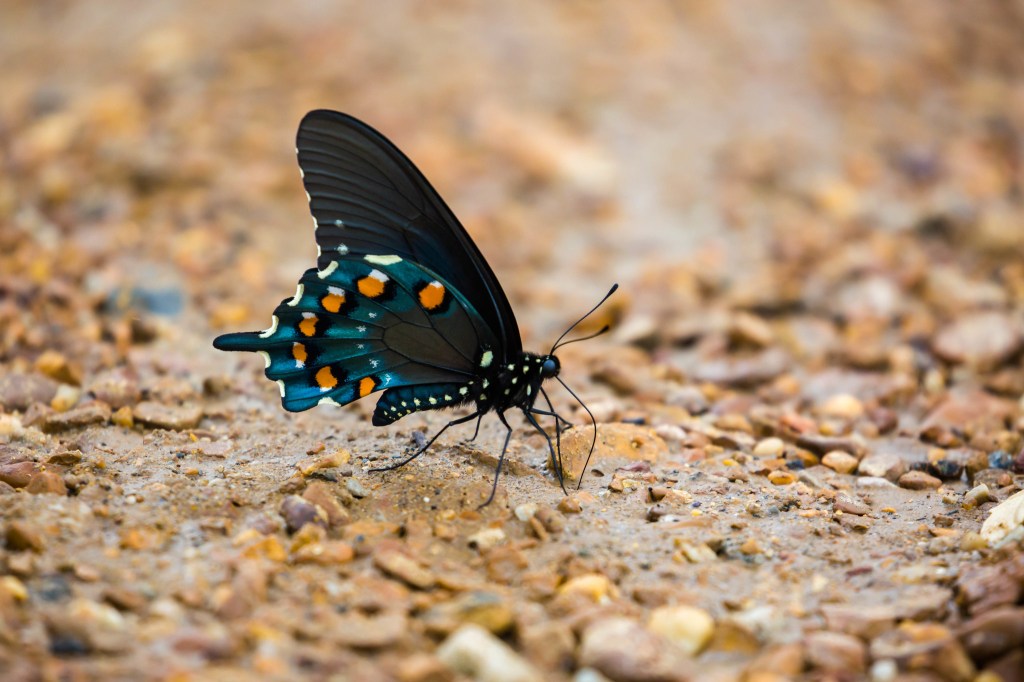



Thank you for this! I am a huge butterfly enthusiast and though I know many in our yard this was very informative, inspiring, and well written.